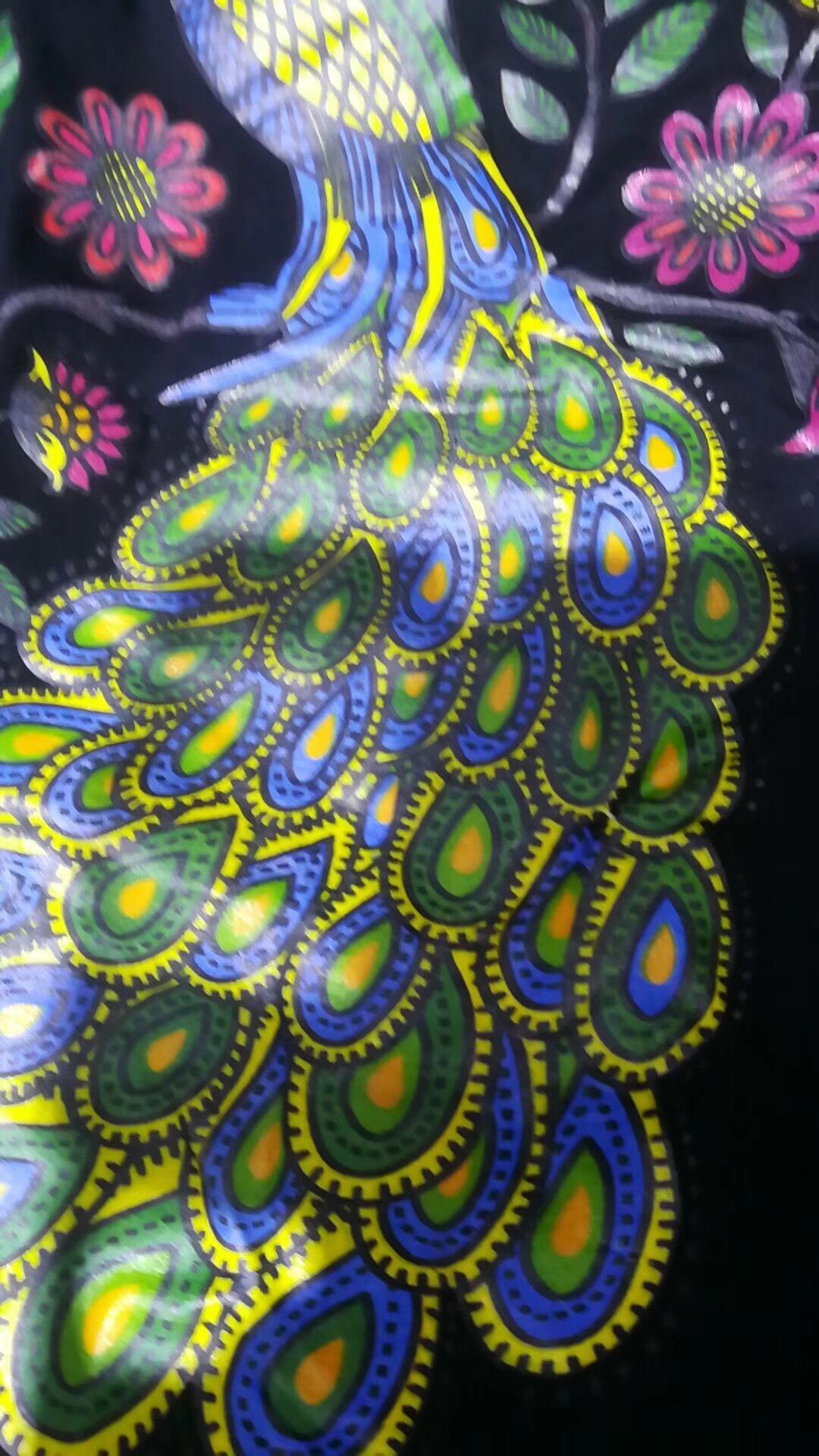Digital printing, also known as Dry Printing, which avoids steaming, washing, soaping, and other processes, the pigment will stick to the printing method of textiles.
Pigment printing is usually pigment and adhesive into slurry, printing and then through baking solid color processing, slurry firmly adhered to the textile. As one of the most effective and economical printing technologies for textile printing, the coating process is very simple and plays an important role in various printing systems. The color spectrum of pigment is wide, the variety is complete, the color reproducibility is good, the color matching proofing is convenient, the color matching is more convenient than other dyes, which is beneficial to improve the production efficiency; the lines of pigment printing are fine, the outline of the printing is clear, and the layers are distinct Bright Colors, said fastness (light) is better, three-dimensional feeling strong, good appearance quality, pigment printing equipment used in simple, short process flow, production cycle fast, high efficiency, because pigment printing does not need washing and, Therefore, the discharge of wastewater can be reduced. Pigment printing has a wide range of applicability, can be applied to all kinds of fiber fabrics, especially for the use of blended fabrics more convenient than other dyes printing. Pigment direct-spray printing is widely used, such as cotton, T / C blended, artificial cotton, denim and so on.
Narrow fabric digital printing process is generally: Textile Fabrics → image output → direct-spray printing →drying




